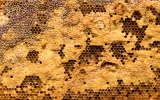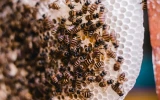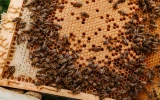The Best Way to Store Capped Honey Frames
When you start to notice honey supers that are fully capped by the end of July, it means that enough nectar sources are available and your brood has swiftly established itself. Now you would want to preserve those supers, and the best way is to store it.
The best way to store capped honey frames is by freezing them or storing them below 32° F. The main goal of freezing is to keep waxmoths from damaging the honey frames, which the bees worked so hard to produce for you. Although freezing will reduce the crystallization process of honey, it won't halt it.
Capped honey frames should only be kept for two to three days. But make sure they are carefully wrapped to keep pests and moths out. Make sure they’re securely stored to keep out any hungry animals.
Summary
- Cooling or storing capped honey frames in the refrigerator speeds up their crystallization.
- Capped honey frames can be frozen until the next spring.
- Honey frames may be kept below 32° F for prolonged periods without the risk of crystallization.
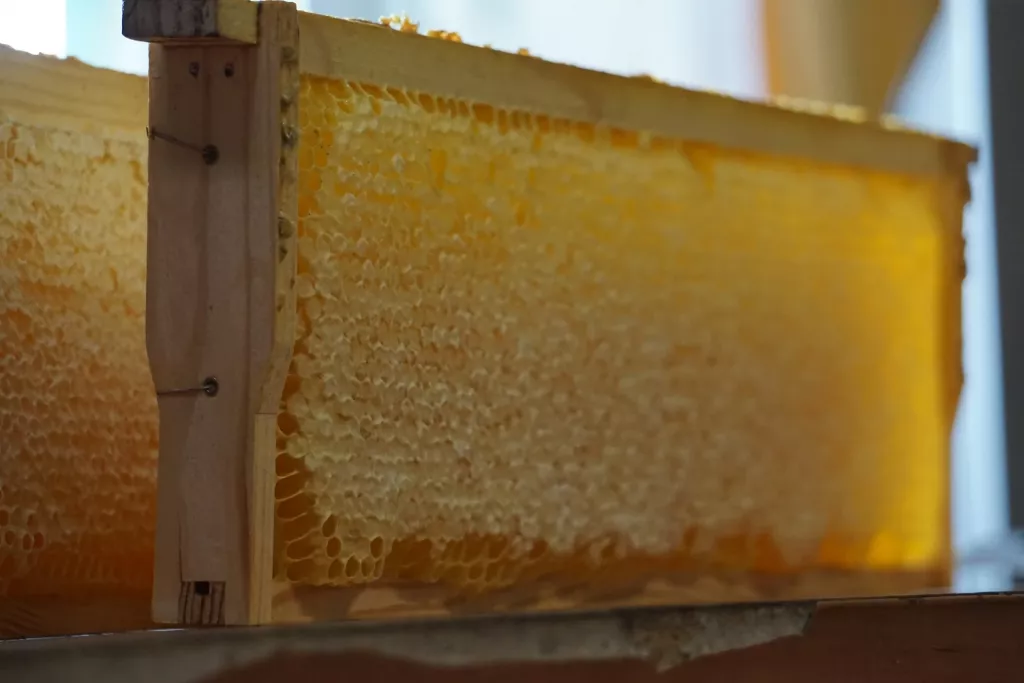
On this page:
How Do You Store Capped Honey Frames?
Beekeepers highly advise freezing your honey frames if they are going to be stored for more than a few days. Only if you want to remove it in the next day or two can you store it in a sealed container. For a longer period of time, use the freezer for storage.
If extraction cannot be achieved in three to four days, honey frames may be kept below 32° F for prolonged periods without the risk of crystallization.
Beekeepers freeze capped honey to save it for the following season. This is particularly valuable to provide to a new colony in the spring if a colony has died.
Keep completely sealed honey frames in the freezer. It freezes well, and returns to its previous state after thawing. In contrast, the honey will crystallize in the refrigerator.
While honey frequently crystallizes in the refrigerator, it rarely does so in the freezer. Leave the frames in the freezer until needed if you have a lot of freezer space. Get them out about three days ahead of reintroducing them to the hive, so they can acclimate.
Frames of capped honey may be kept almost indefinitely in the freezer before being thawed out for a day or two and placed back in a hive. Once they have frozen, the frames can also be extracted or utilized for cut comb or anything else without any significant impact on honey quality.
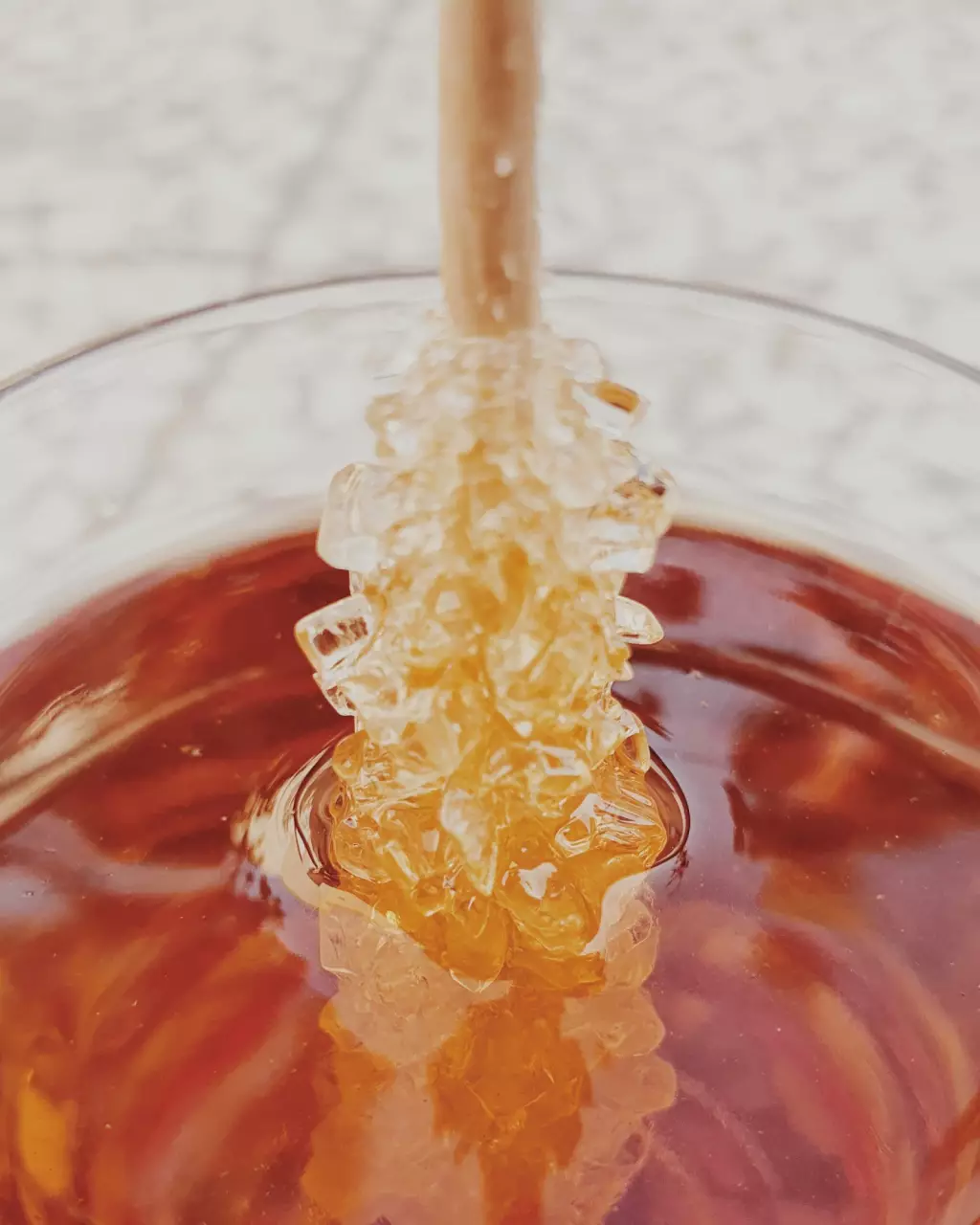
Naturally, capped honey must thaw and warm up before extraction is carried out. Extraction may not be feasible if the honey has crystallized in the comb, but freezing will reduce the rate of crystallization, so there shouldn't be any immediate cause for concern.
A super can be safely removed, and the honey harvested once it is 95% capped by the bees. You have a lot of lovely, drawn-out comb after extracting some honey. Idealistically, you'd keep it till the next spring or summer, but how can you do that without risking rodent and bug infestation?
If hive beetles are present, it is extremely important to extract the honey from the super within 24 hours of removing it from the hive. If you notice hive beetles inside the hive, take off the capped honey frames and put them in the freezer until you have gathered enough frames to be able to extract the honey. The hive beetles will be killed by freezing, preventing them from "sliming" the honey.
You need to destroy the developing hive beetles. Kill the larvae before they can ruin your honey crop. They consume honey, pass waste in it, and produce a slime-like secretion that causes the honey to ferment.
The major goal of freezing capped honey frames is to eradicate wax moth larvae and eggs in the UK, as well as small hive beetle (SHB) in the US and Australia. It only has to be frozen for 48 hours. After that, securely wrap it in plastic. Don't just use cling wrap. You would want something genuinely insect-proof, like double plastic bags with heavy-duty clips on them.
Cover one end with a plastic bag, then cover the other end with another bag, ensuring that the bags completely overlap. To hold everything together, wrap some relatively tight masking tape around the middle a few times.
Some beekeeper discovered that those oblong Chinese takeout containers worked great for cutting honeycombs before freezing. As you consume it, you can do so by taking one out at a time. Also wrap masking tape across those lids because they're a little loose. After securely wrapping, keep capped honey frames at room temperature until you need it.

On refrigerators and chest freezers, the gasket seal will keep out every bug. The refrigerator or freezer does not even need to be on or functioning. If only a few frames can fit in your home freezer at once, store them in a refrigerator or an old or malfunctioning chest freezer. All animals and insects will be kept out by the gasket.
An SHB or moth egg, or even other bugs, are present on almost every frame. If you don't freeze your capped honey frames, those insect eggs will hatch, expand, and start to cause problems because there won't be any other bees around to clear them off.
Why Do Bees Cap Honey?
The bees seal the honey with a wax cap once it has been reduced in moisture to maintain its low moisture content. Bees do this to keep the honey from losing any more moisture.
The capped honeycomb has exceptional preservation characteristics and can be kept for years at room temperature. It only has to be kept dry and clean. However, even capped honey may crystallize depending on the source of the nectar.
Sugar molecules can arrange themselves into neat, compact patterns known as crystals when given a small platform or "seed." A little particle of some kind, such as a grain of pollen, a speck of dust, or even another sugar crystal, is usually the catalyst that starts the crystallization process.
When honey is properly cured, it has a water content of roughly 18%. This is a difficult task for bees because nectar already contains roughly 80% water. The honeybees perform this complex conversion by incorporating enzymes and flapping their wings to expel the humid air from the hive.
The bees cover the tops of the cells with a thin layer of beeswax once the honey has reached the right moisture content. The so-called cappings serve as food storage lids, shielding the honey from the atmosphere.
How Do You Store Uncapped Honey?
Honey frames that are stored over the winter must be capped. Uncapped honey is safe to store in the freezer, but it could leak out before it freezes, creating a huge mess.
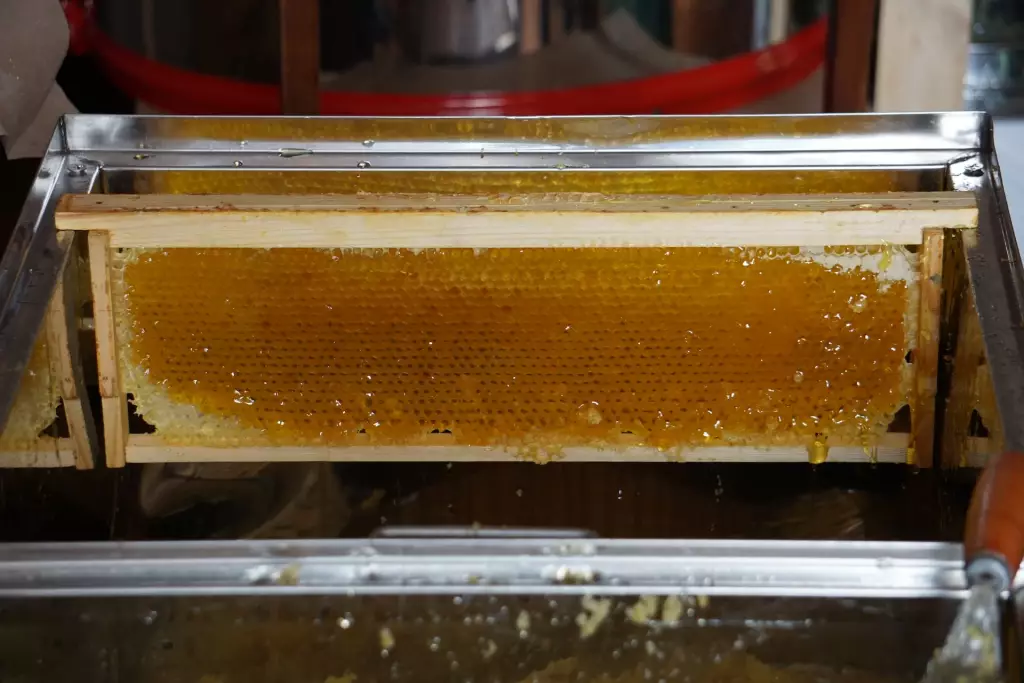
These uncapped cells can ferment by absorbing water or by simply leaking out, which may encourage the development of mold. The uncapped honey will eventually be ruined by the mold.
You can arrange these frames whatever you want on the counter, standing them upright. To prevent dust from getting in, stretch a sheet of plastic wrap over the top, but leave the sides unprotected. Then give the uncapped cells a few weeks to dry out or finish draining. Don't wrap them for long-term storage until after they have dried out.
Frames of uncapped honey should be placed in plastic bags or wrapped in plastic wrap before being placed in the freezer if you choose to store them there.
